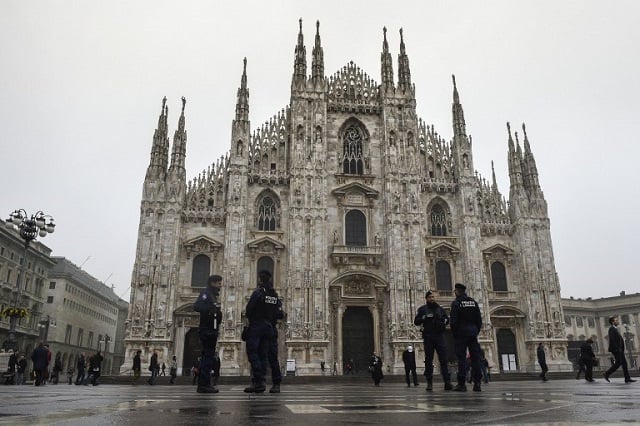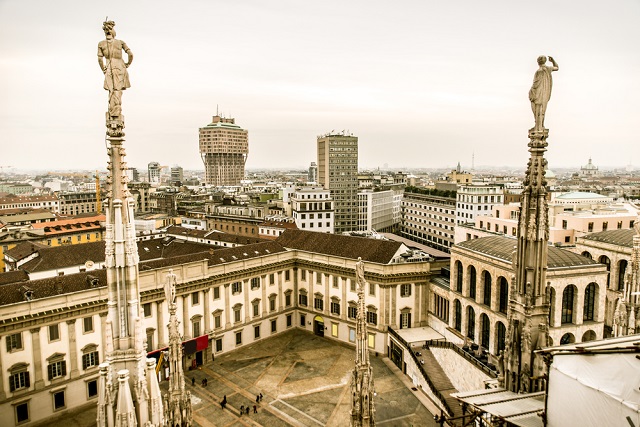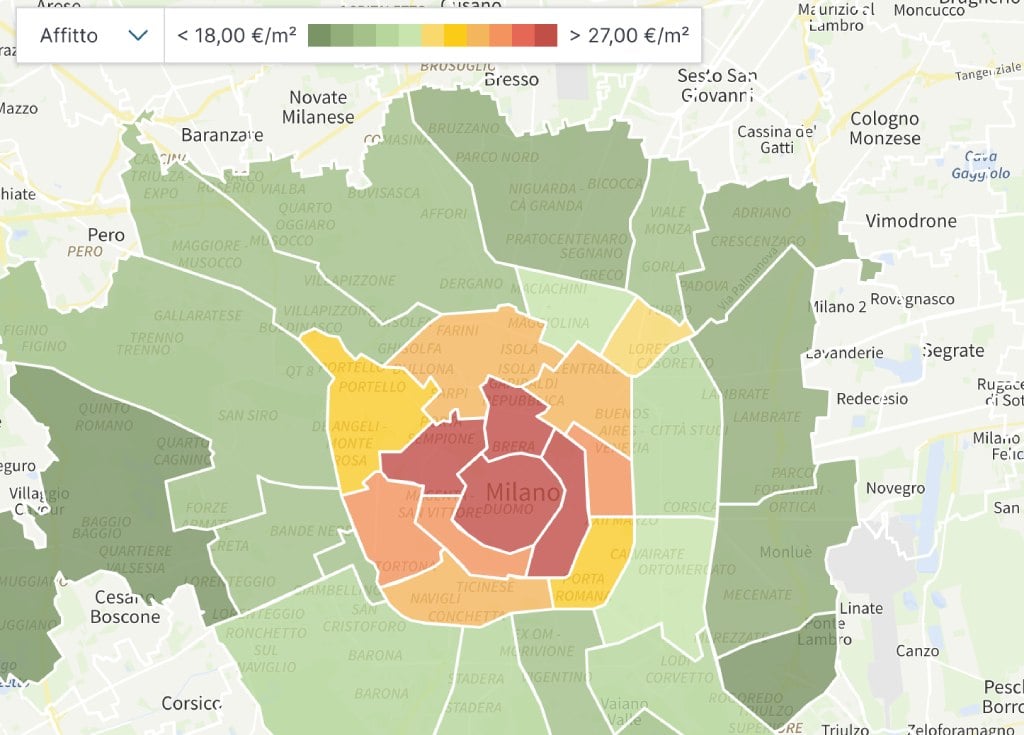The defendant, Giuseppe Pellicanò, unhooked his apartment's stove from the gas main in June 2016, causing an explosion which left three people dead and his two daughters suffering serious burns.
Pellicanò had confessed to deliberately causing the explosion after his arrest one year ago, but later said he was able to picture the incident but didn't remember actually doing anything due to medicine he was taking for insomnia and anxiety.
His lawyers presented a psychological assessment which found he was “partially insane” at the time of committing the crime and therefore did not intend to kill or hurt anyone. However, this assessment was challenged by prosecution lawyers and ultimately rejected by the judge.
Prosecutors asked for a life sentence on the grounds that the man had not only caused three deaths, but “continued to lie in order to go unpunished”.
Pellicanò also lost parental responsibility of his two children, who were aged seven and 11 at the time of the explosion and currently live with their maternal grandparents.
The 54-year-old had separated from his wife, Micaela Masella, some time before the blast but the couple had continued to live together for the benefit of their children, the youngest of whom is autistic.
Just four days before the explosion, he attacked the car of his wife's new lover, spray-painting it with profanities and slashing its tyres.
The parents of the couple who were also killed in the blast wrote to judges, saying their children had been caught up in “an absurd and bloody affair, which leaves us dismayed and destroyed”.
Families of all the victims will receive over €1 million in compensation, and Pellicanò was ordered to reimburse other residents of the apartment block for the damage to their homes. The exact amounts of compensation will be decided in a civil court.
READ ALSO: All the latest news from Milan
Photo: Olivier Morin/AFP





 Please whitelist us to continue reading.
Please whitelist us to continue reading.